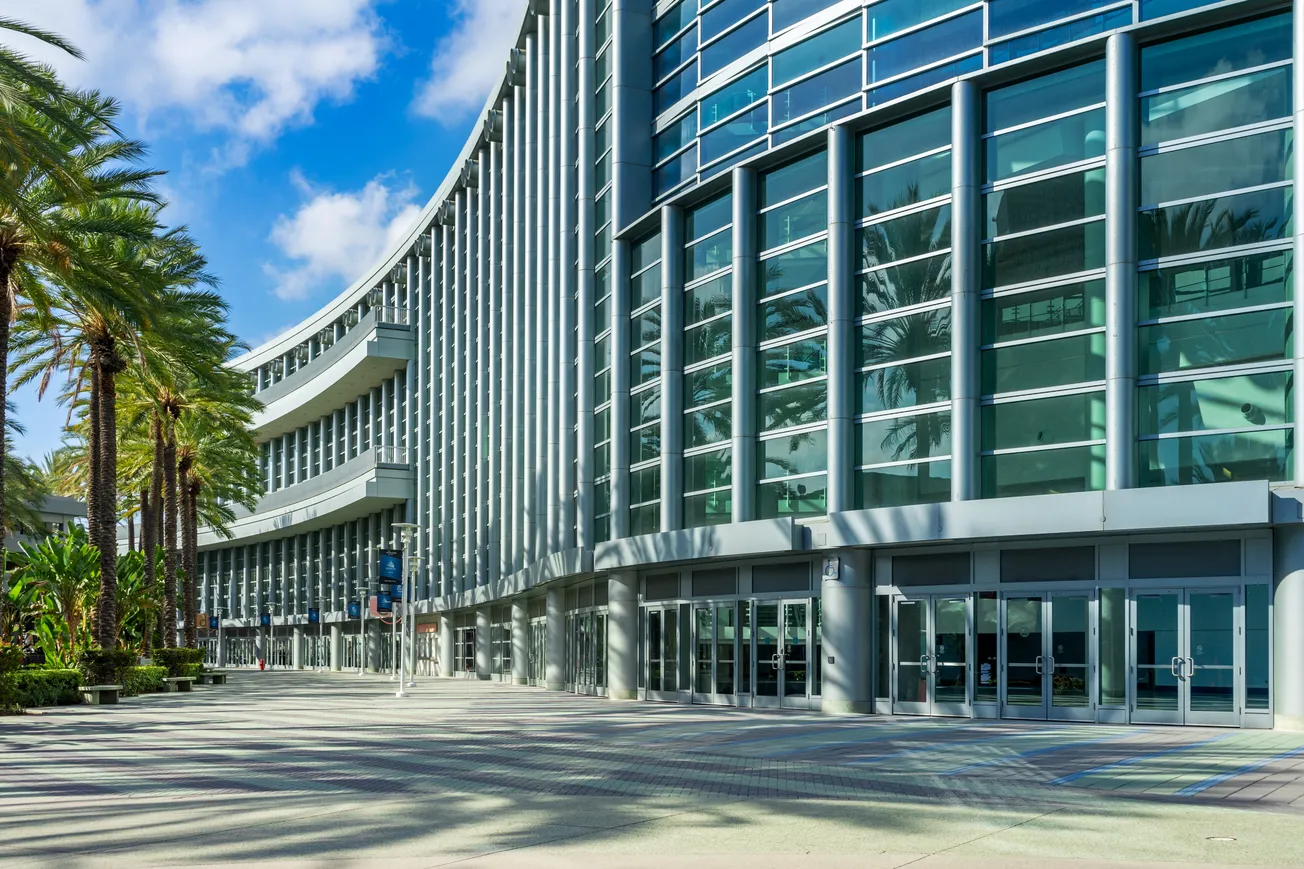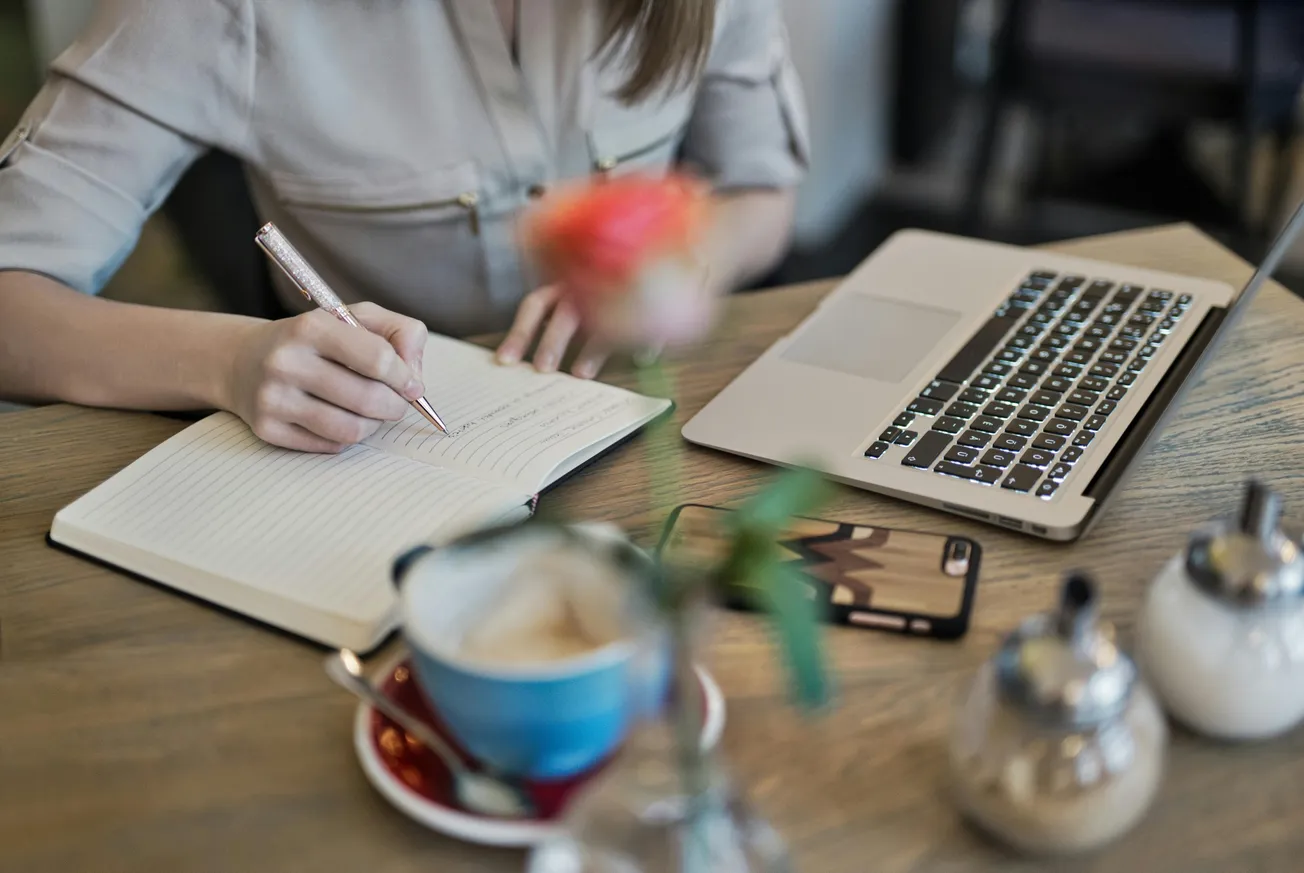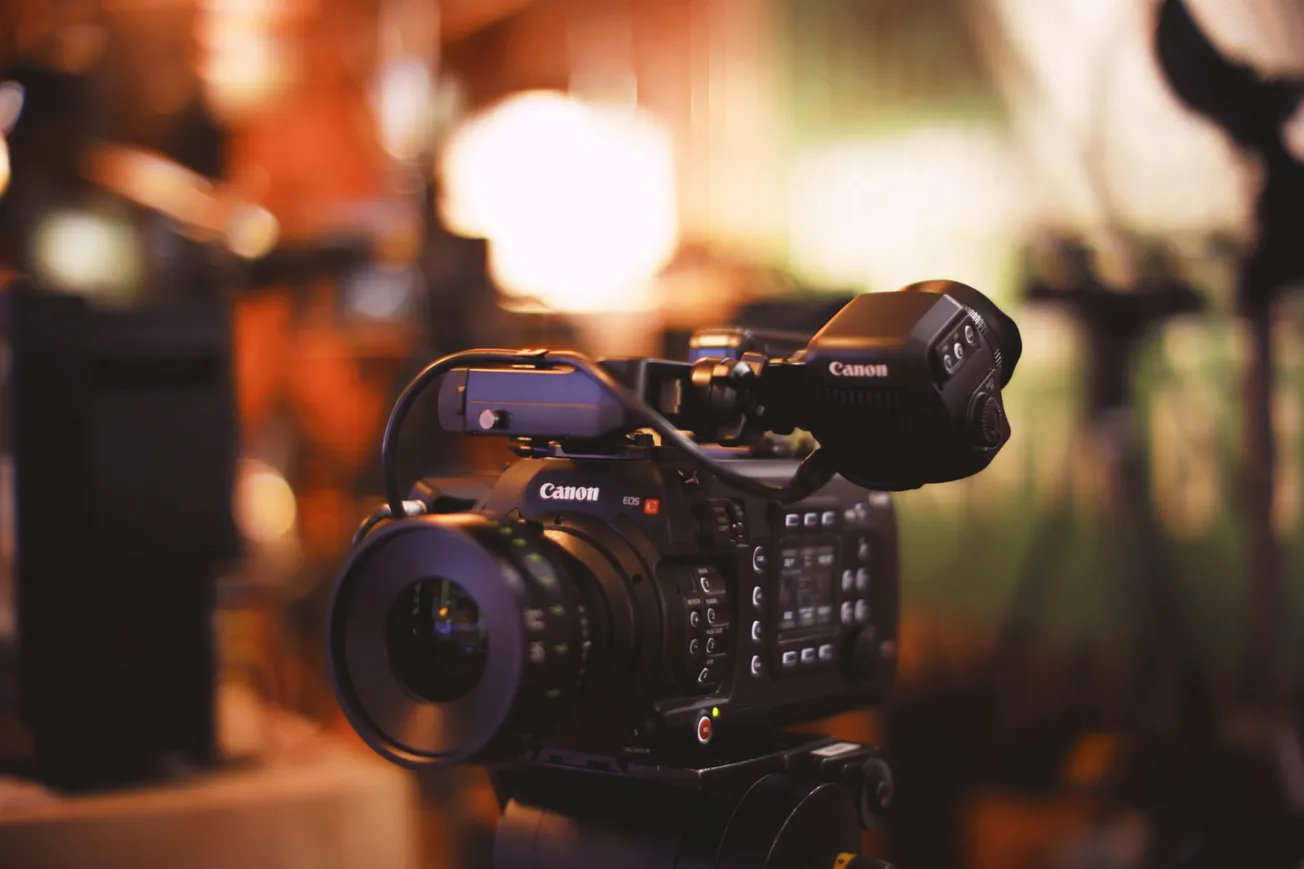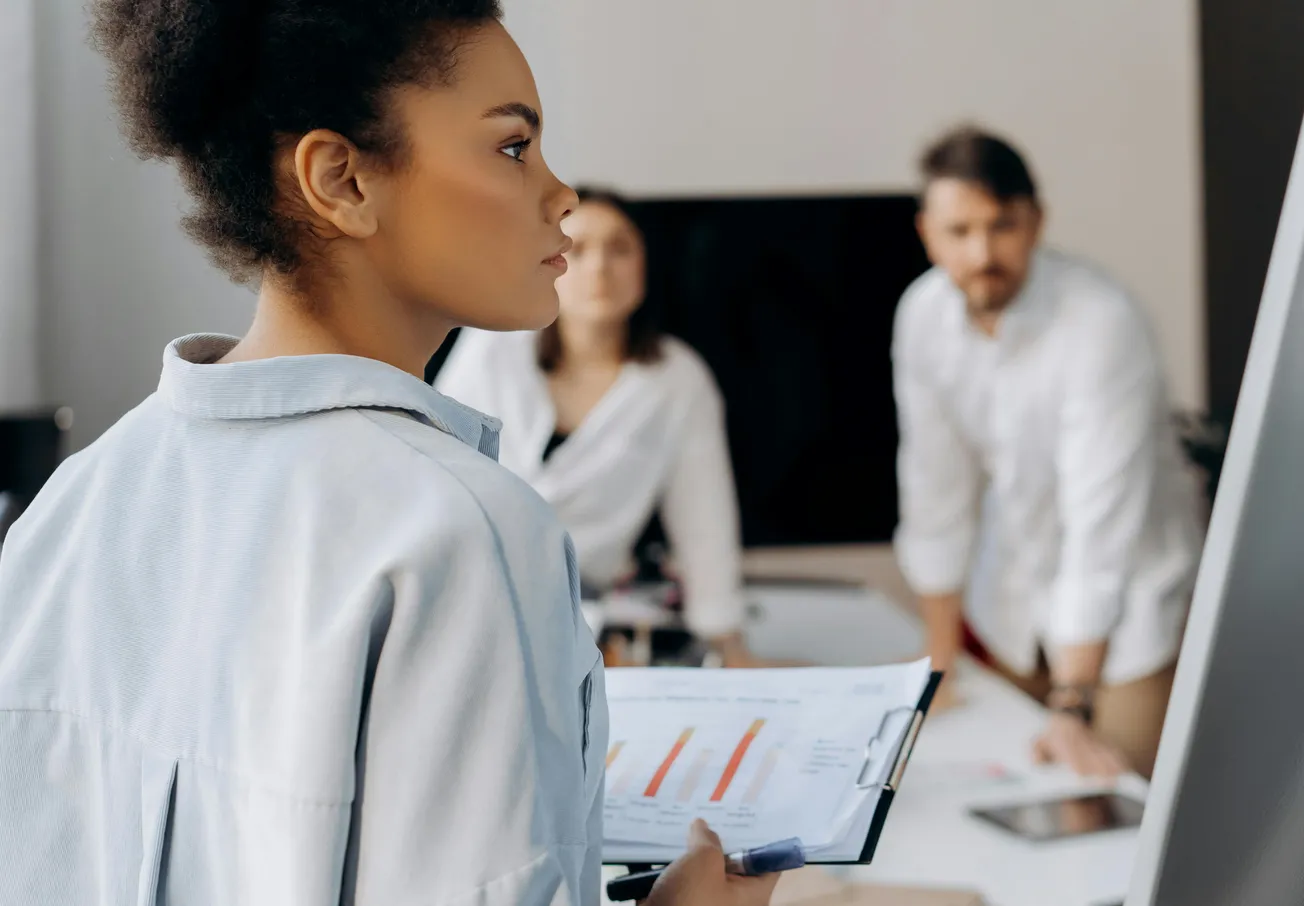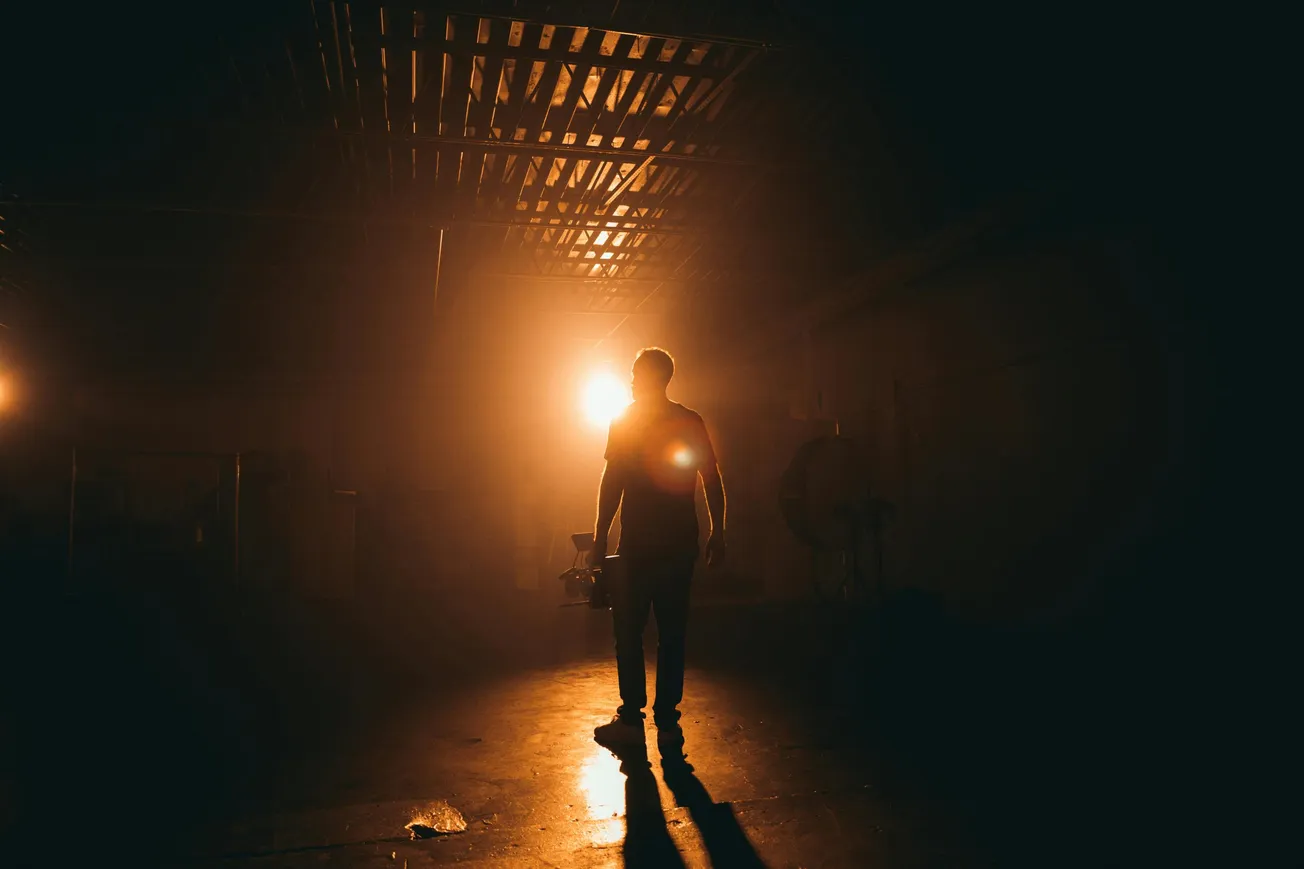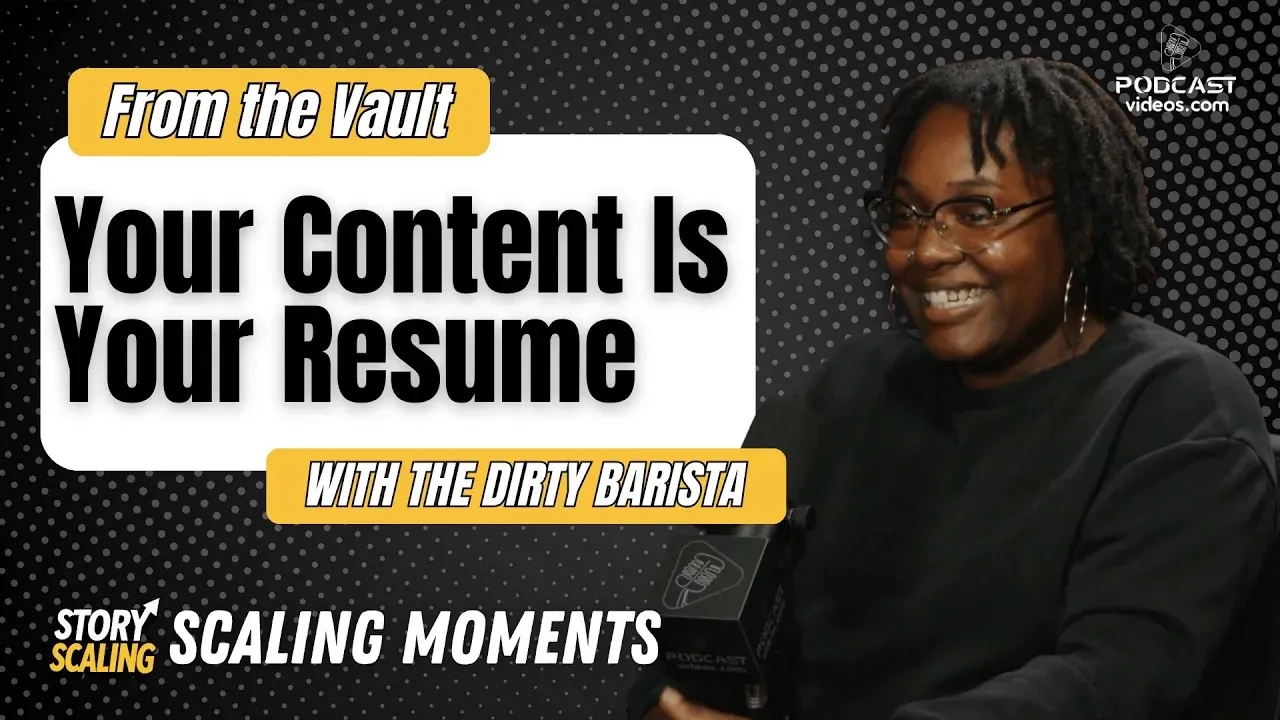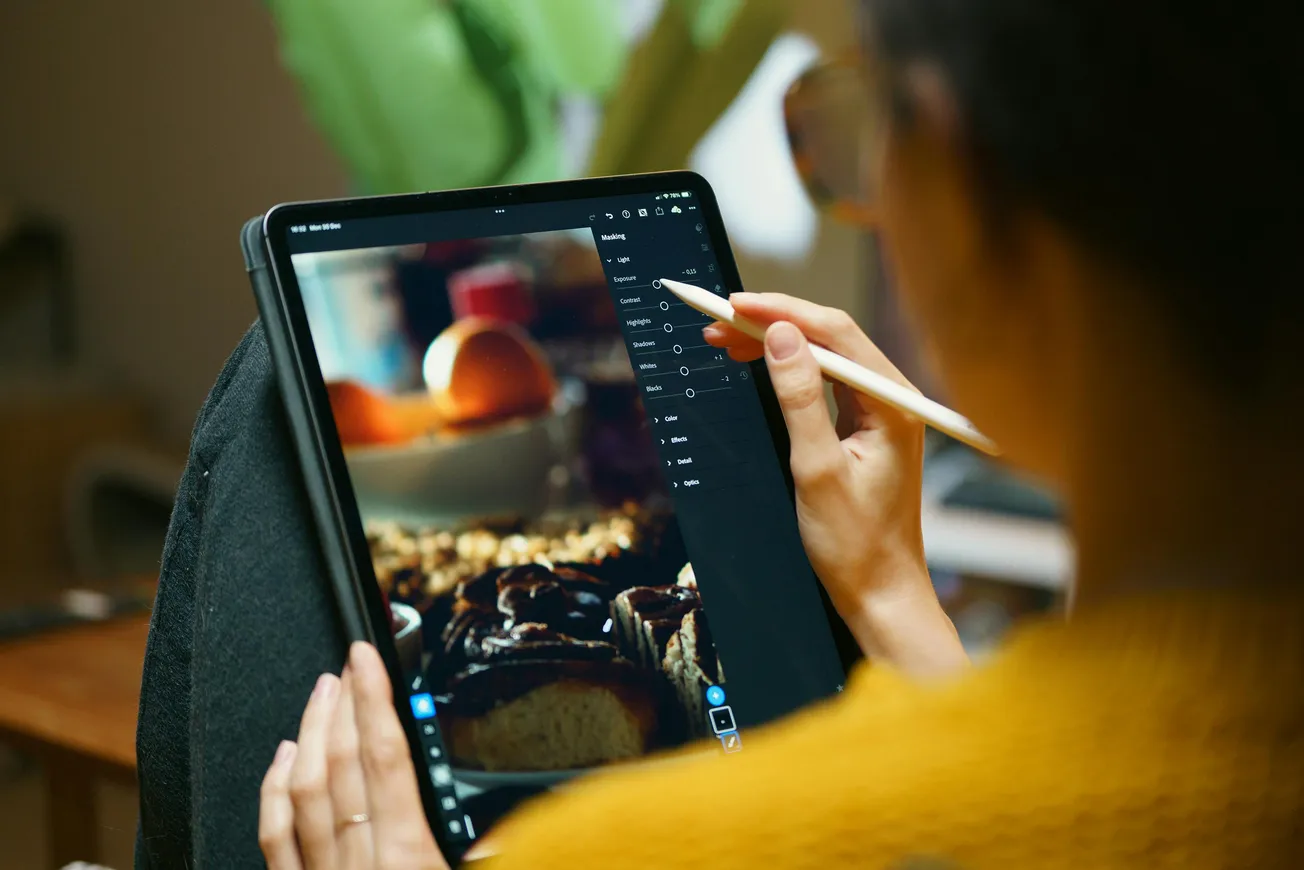VidCon 2025 was held June 19–21 in Anaheim, where a wide range of content creators highlighted the critical role of accessibility in digital media. Panelists framed accessibility not as a regulatory obligation but as a foundation for creative innovation and community inclusion.
Creativity Through Necessity
During the “Accessibility for All” panel, creators described how living with disabilities often requires daily adaptation – a process they said naturally drives inventive thinking. One speaker remarked that disabled individuals are “some of the most creative people on the planet,” not by choice but out of necessity.
The discussion positioned accessibility as a framework that supports and inspires imaginative solutions, rather than as an obstacle.
Giving Disabled Creators the Mic
The panel also emphasized the importance of allowing disabled individuals to tell their own stories. Pat Valentine discussed his collaborative content with his brother Zach, who has Down syndrome, as an example of how authentic representation can challenge assumptions.
Other speakers said disabled people are often treated as unreliable narrators of their own experiences, while non-disabled individuals frequently assume the role of authority. The panel advocated for a shift in this dynamic by recognizing disabled creators as credible and essential voices in media.
The Invisible Burden of Inaccessibility
Panelists described the ongoing “mental calculations” many disabled individuals must perform to navigate environments not designed for them. These efforts can include determining if a venue is wheelchair-accessible or managing limited energy levels during production.
The struggle often goes unnoticed by others but represents a significant daily burden. The conversation highlighted the need for greater awareness of these challenges to promote equitable participation in media.
Accessibility Benefits Everyone
A key takeaway from the discussion was the universal value of accessibility. One speaker said accessibility measures are not exclusive to a specific group but instead enhance the experience for all users.
Captions, for example, assist not only individuals with hearing impairments but also those watching content in noisy environments. Clear audio, structured visuals and inclusive design principles were presented as practical improvements with broad impact.
What This Means for Content Creators
For podcasters, video producers and digital media teams, the panel’s insights pointed to actionable priorities. Accessibility should be embedded at every stage of production, through accurate captioning and transcription, clear visual and audio formatting and compatibility with assistive technologies.
Inclusive practices should begin in the planning phase, not as hasty post-production fixes.
In addition, organizations were encouraged to feature disabled voices more prominently. Collaborating with disabled creators, inviting them as guests or showcasing their work across platforms can lead to more authentic storytelling and broader audience engagement.
From a marketing standpoint, panelists suggested that accessibility should be a visible part of a brand’s values and operations. Highlighting accessible features, actively seeking feedback from disabled users and committing to ongoing improvements were all cited as ways to build trust and expand reach.
Accessibility was also presented as a strategic business advantage. By reducing barriers, content becomes more discoverable, more engaging and more impactful to a diverse audience.
Looking Forward
Since its inception in 2010, VidCon has reflected the evolving landscape of online media. At this year’s event, accessibility and inclusion emerged as central themes.
For creators and industry professionals alike, the message was clear: inclusive content is no longer optional – it is essential. Achieving that goal begins with listening, adapting and ensuring all stories have the opportunity to be told.


